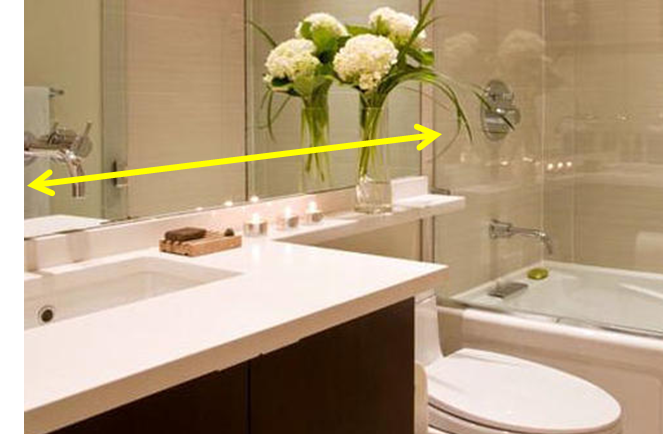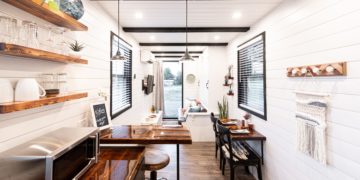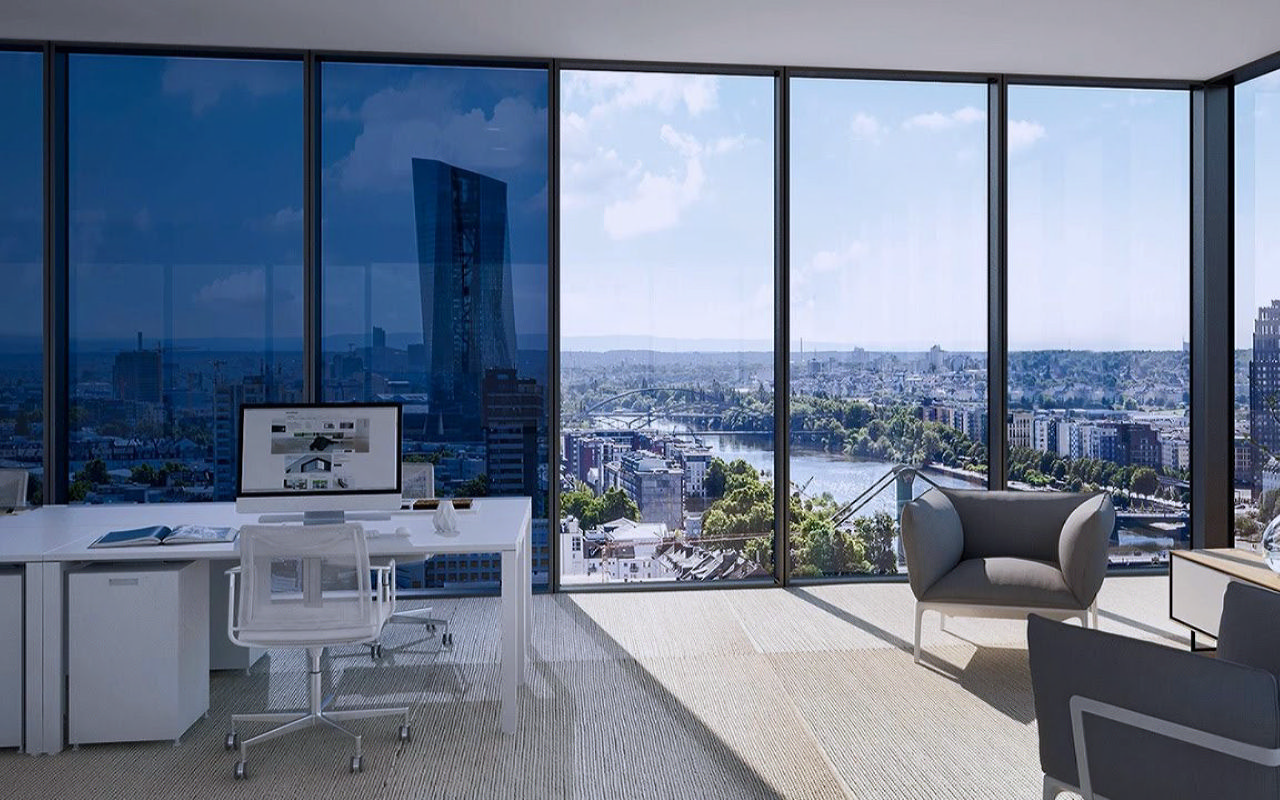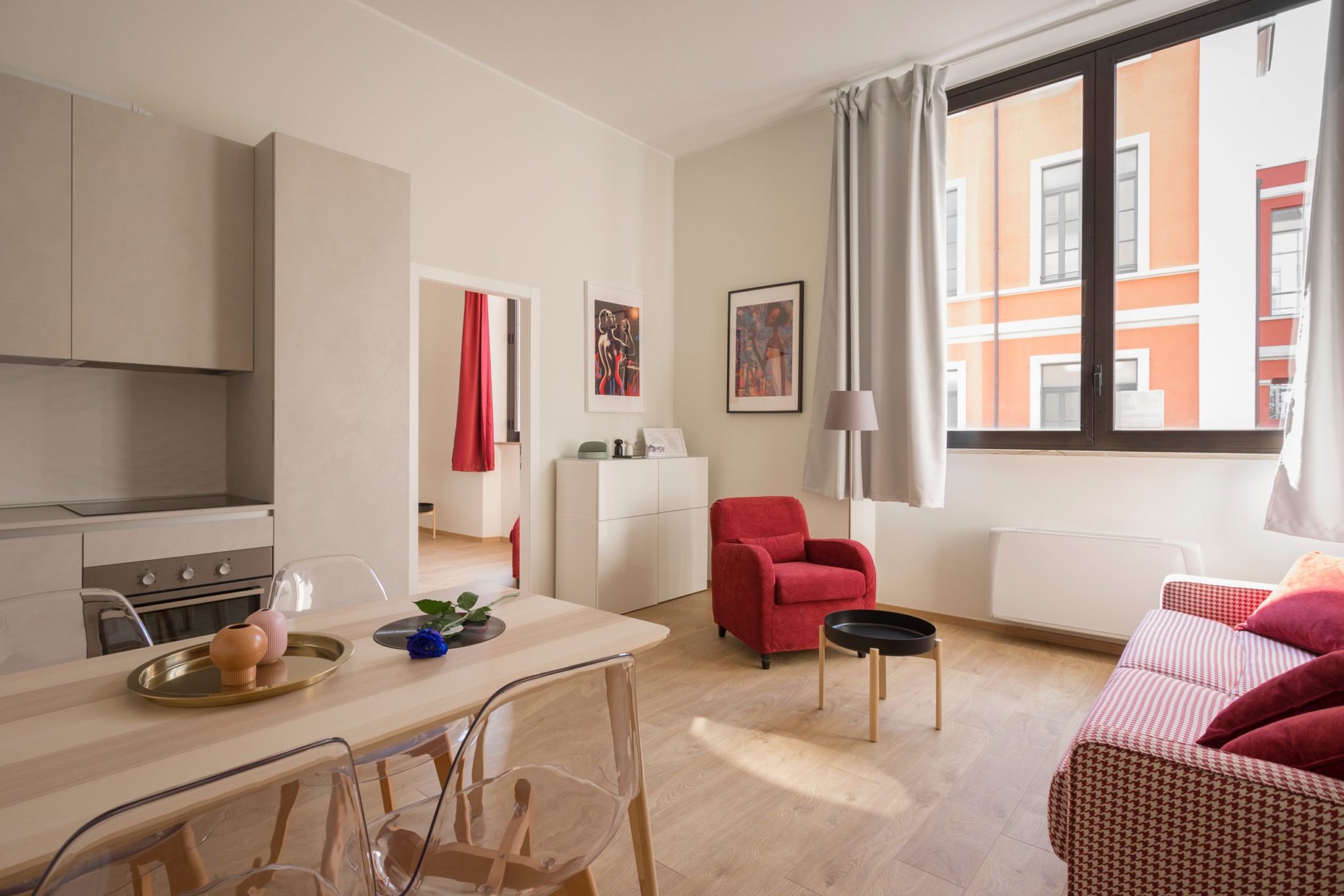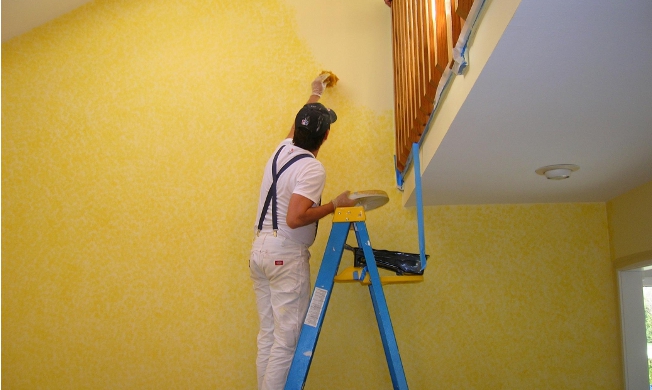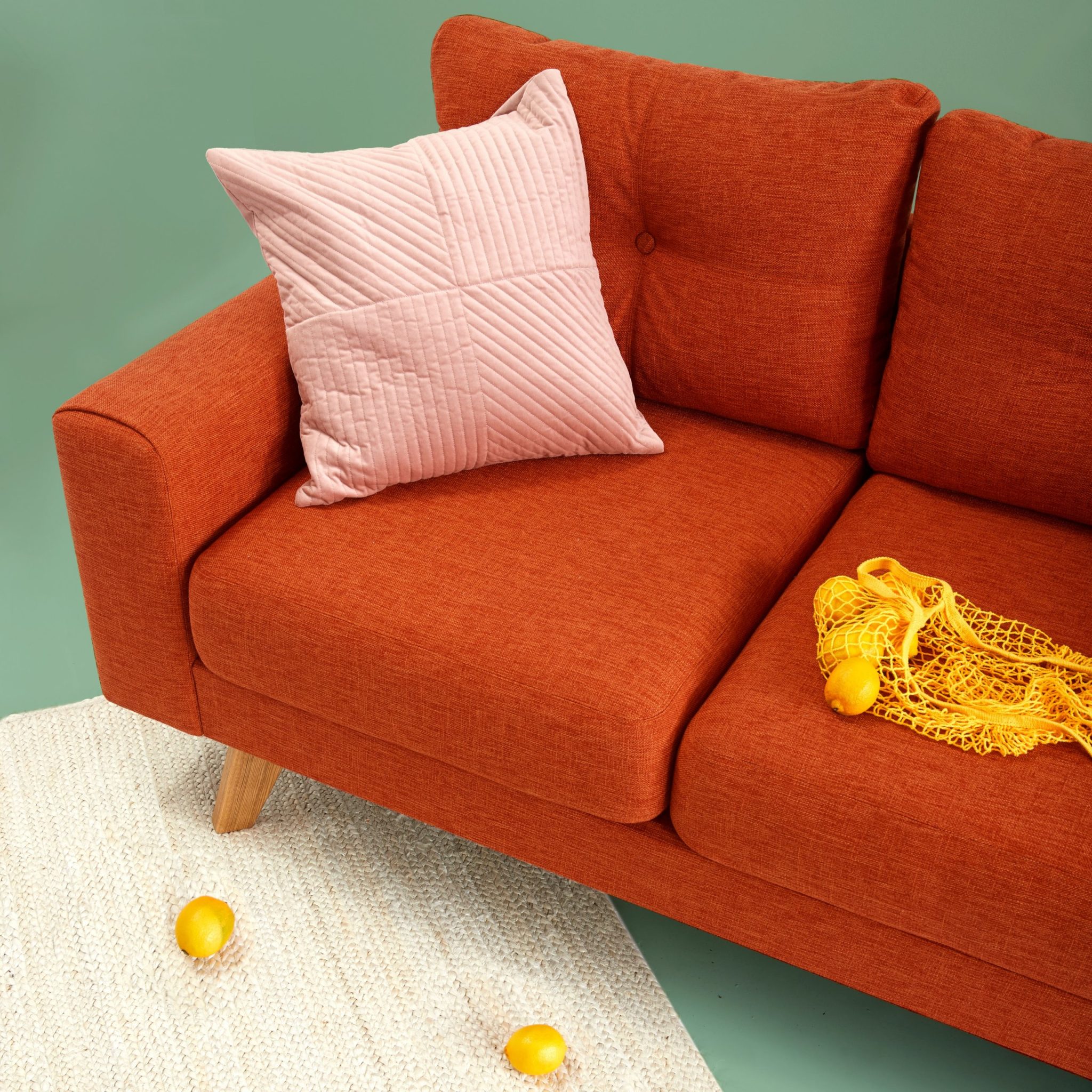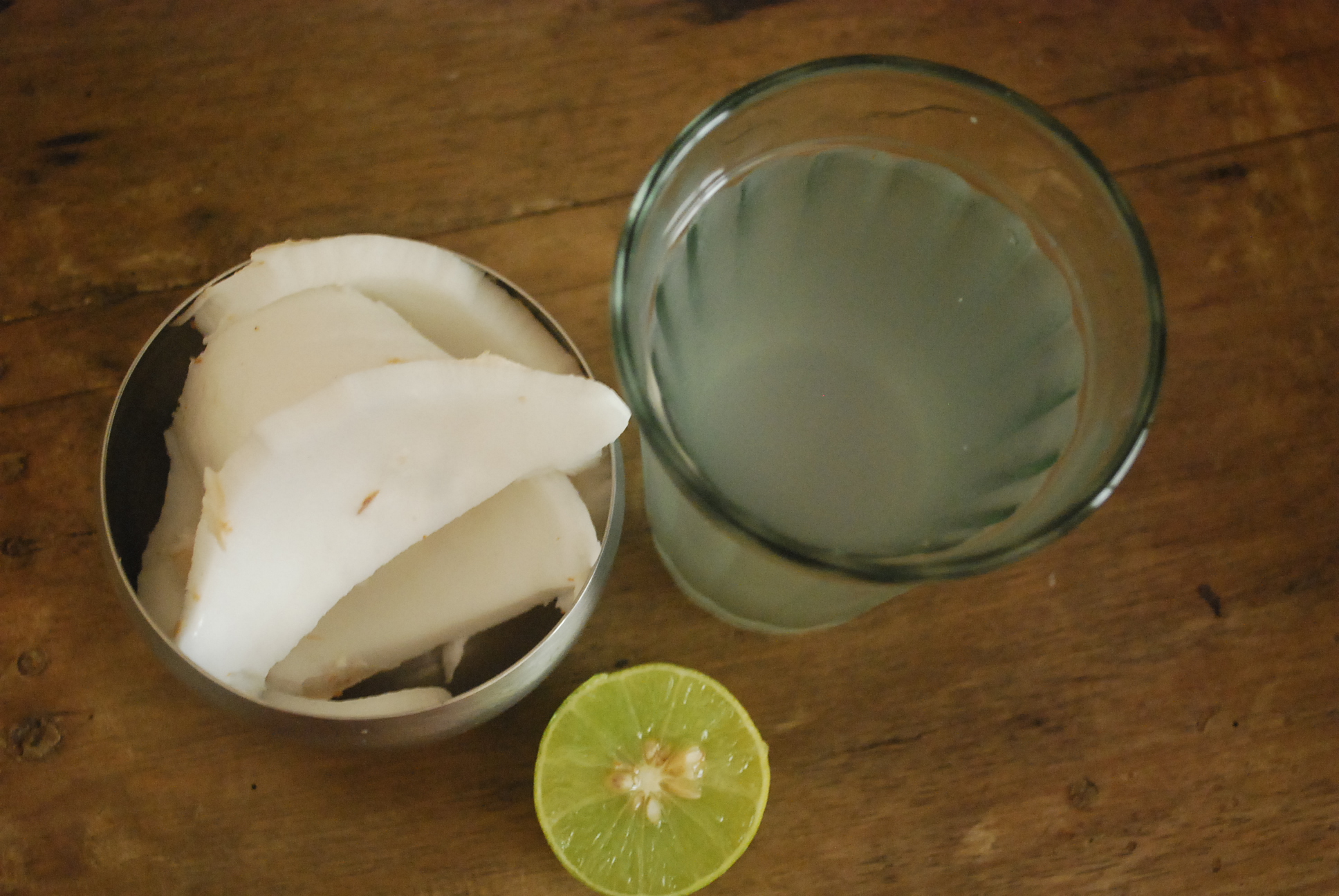This week, rather than write a property clinic article, I thought I’d write about bathrooms in general. For people like us in the hospitality industry, bathrooms are the deal-maker. Guests are more influenced in their opinion of a property by the bathroom than any other room. Have a great bathroom, and people will definitely discuss it with your friends.
TECHNICAL STUFF:
Size matters: Larger bathrooms always impress guests. If you do have large bathrooms, all you have to do is to make it look smart and neat. But choosing the size of the bathroom is a rare luxury which we get only when building a new property or doing serious renovations on an old one. If you have small bathrooms on your hands, worry not. Give them the dramatic treatment – make them really interesting – and people will be fascinated.
Plumbing layouts: A classic mistake made by property owners is to have plumbing fixtures on both long sides (and sometimes on the third, far, side as well). While this could work in a palatial bathroom, in a small space this affects usability, increases risk, and makes the room look smaller. In a smaller bathroom, such as a 9′ by 5′ space, keep all the fixtures on one wall. You’ll save money both in building the bathroom and later on, if you have to fix leaks.
If your property is built to house guests, I strongly recommend that you run plumbing along a wall that does not have a bedroom on the other side. In case you need to fix the plumbing, you don’t have to inconvenience the guest. Ideally, of course, the wall that has plumbing would have a shaft behind, or at least a service hatch for easy access.
However, I’d strongly advise against re-positioning plumbing in an existing bathroom. This is always a long and expensive process, and functionally, it never properly fixes the problems that led you to doing so. And it increases the potential for leakage.
One more thing about plumbing. If you have the option, conceal your water heater. To save power costs, you could put in a single water heater that serves all your bathrooms. This sort of water heater never gets switched off – you save power because heating smaller amounts of water from room temperature repeatedly costs more than keeping a larger volume of water at the same temperature. Just ensure that your water heater is a good brand that has great insulation, and remember to put in insulated piping for your hot water pipes if you live in a cold place.
Design considerations:

There are several points that one should consider when planning a bathroom. First, let’s look at movement space. The swing of the door, the washbasin and the commode all represent object spaces that the guest must navigate. If they get in the way of one another, the bathroom starts to feel claustrophobic, becomes difficult to use, and increases the chance of injury. I’ve seen bathrooms where the door hit the washbasin or commode when opened, so that one had to squeeze past a narrow gap to get in.
Opposing fixtures present another problem. For example, consider a bathroom where the washbasin and the commode are on one side, and the shower is on the opposing wall. This further narrows access space, and results in mostly wet bathrooms. While the traditional Indian bathroom is always wet, the Western bathroom is mostly dry, and that means that the wet and dry areas have to be carefully planned. The shower should be either in a enclosed cubicle or have shower curtains to ensure that the rest of the bathroom remains dry. The slope of the floor to the shower drain should be checked to ensure that water drains quickly, in the right direction, and without pooling. The shower area should never be between the two dry areas – the washbasin and the commode – as that makes the entire bathroom wet. Also, one should not have to pass the shower area to get to the commode. The shower area, being wet, presents a safety hazard, and having to get past it to use the commode increases the risk of accidents.
MAKING YOUR GUESTS GO WOW:
Now that you know all the functional bits about the bathroom, let’s look at the things that impress guests.
First, make the room look larger by not having the walls divided into two zones. You can emphasize the height by not having the wall partly tiled. Walls should have the same treatment all the way to the ceiling.
Emphasize the width by extending the vanity counter (the washbasin counter) as far as you possibly can, and always try to have the vanity mirror extend the full length of the counter, and if the space permits, the full length of the wall. If you do this, do remember to have a vanity counter run all the way under the mirror, as in the picture. That shelf can hold decorative pieces, candles or flower arrangements, and present them with dramatic effect against the mirror. There is no problem with having the counter behind the commode – the flush tank depth more than accommodates this.

Have as much natural light as is possible, or achieve the same effect with interesting light fixtures with warm and bright lights. Remember, the bathroom is as much a functional room as a design space, and warm bright light fixtures keep it safe as well as pretty. Instead of having traditional bathroom windows that are never opened, but have protective grills clashing with the design, you can have high fixed glass windows that brighten the entire room, as in the picture. You could always have candle holders or alternative mood lighting to supplement the main light source. Do not mix lighting colors – white lights and yellow lights never go together.
Having a bathtub or shower cubicle always helps in making your bathroom more attractive, but it’s important that the design allows for it. Bathtubs have to be placed aesthetically, and both tubs and cubicles should pay attention to safety requirements, by providing anti-slip mats and grab bars. Bathtubs actually occupy a smaller area than shower cubicles, though people perceive them as bigger, and often, they are cheaper than cubicles. (remember – they area they cover does not require tiling, slope construction and the sliding glass enclosure) They also segregate the wet and dry areas better.

The shower fixtures often can be art pieces in themselves, if you put in a rain shower, for example. Other accent pieces, as we call them in the trade, are ledges, accent walls, and a shower tray. In the picture, a little ledge in the wall evokes a feeling of being in a spa. Scented candles add to this mood.
I hope these tips help you enhance your property. Why don’t you write in if you have questions that you’d like me to answer, and more importantly, if you would like us to showcase your property enhancements? Use the comments section below to get in touch.
To get more information & assistance, please submit the form below and our specialist will get in touch with you at the earliest.

